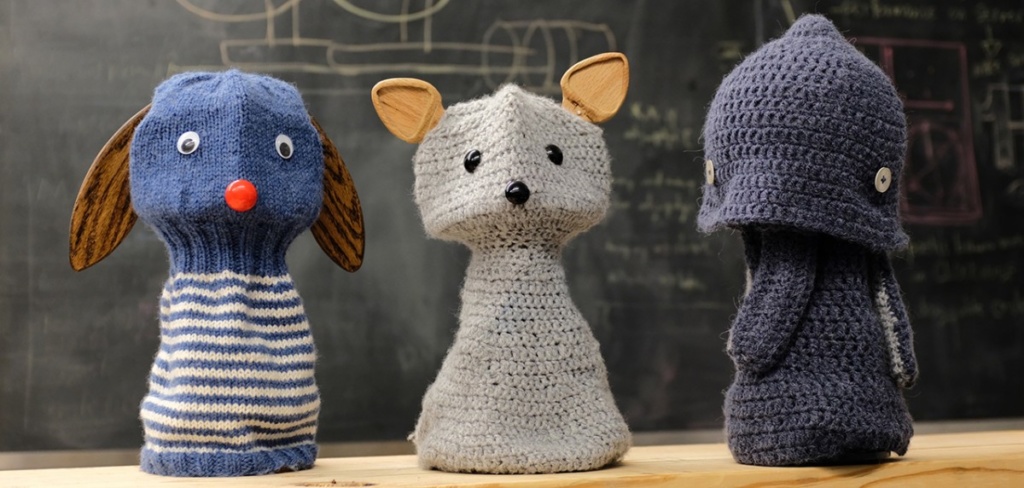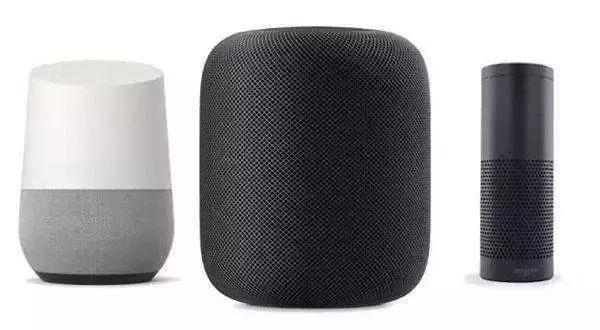模型:
facebook/bart-base
 中文
中文BART (base-sized model)
BART model pre-trained on English language. It was introduced in the paper BART: Denoising Sequence-to-Sequence Pre-training for Natural Language Generation, Translation, and Comprehension by Lewis et al. and first released in this repository .
Disclaimer: The team releasing BART did not write a model card for this model so this model card has been written by the Hugging Face team.
Model description
BART is a transformer encoder-decoder (seq2seq) model with a bidirectional (BERT-like) encoder and an autoregressive (GPT-like) decoder. BART is pre-trained by (1) corrupting text with an arbitrary noising function, and (2) learning a model to reconstruct the original text.
BART is particularly effective when fine-tuned for text generation (e.g. summarization, translation) but also works well for comprehension tasks (e.g. text classification, question answering).
Intended uses & limitations
You can use the raw model for text infilling. However, the model is mostly meant to be fine-tuned on a supervised dataset. See the model hub to look for fine-tuned versions on a task that interests you.
How to use
Here is how to use this model in PyTorch:
from transformers import BartTokenizer, BartModel
tokenizer = BartTokenizer.from_pretrained('facebook/bart-base')
model = BartModel.from_pretrained('facebook/bart-base')
inputs = tokenizer("Hello, my dog is cute", return_tensors="pt")
outputs = model(**inputs)
last_hidden_states = outputs.last_hidden_state
BibTeX entry and citation info
@article{DBLP:journals/corr/abs-1910-13461,
author = {Mike Lewis and
Yinhan Liu and
Naman Goyal and
Marjan Ghazvininejad and
Abdelrahman Mohamed and
Omer Levy and
Veselin Stoyanov and
Luke Zettlemoyer},
title = {{BART:} Denoising Sequence-to-Sequence Pre-training for Natural Language
Generation, Translation, and Comprehension},
journal = {CoRR},
volume = {abs/1910.13461},
year = {2019},
url = {http://arxiv.org/abs/1910.13461},
eprinttype = {arXiv},
eprint = {1910.13461},
timestamp = {Thu, 31 Oct 2019 14:02:26 +0100},
biburl = {https://dblp.org/rec/journals/corr/abs-1910-13461.bib},
bibsource = {dblp computer science bibliography, https://dblp.org}
}





















